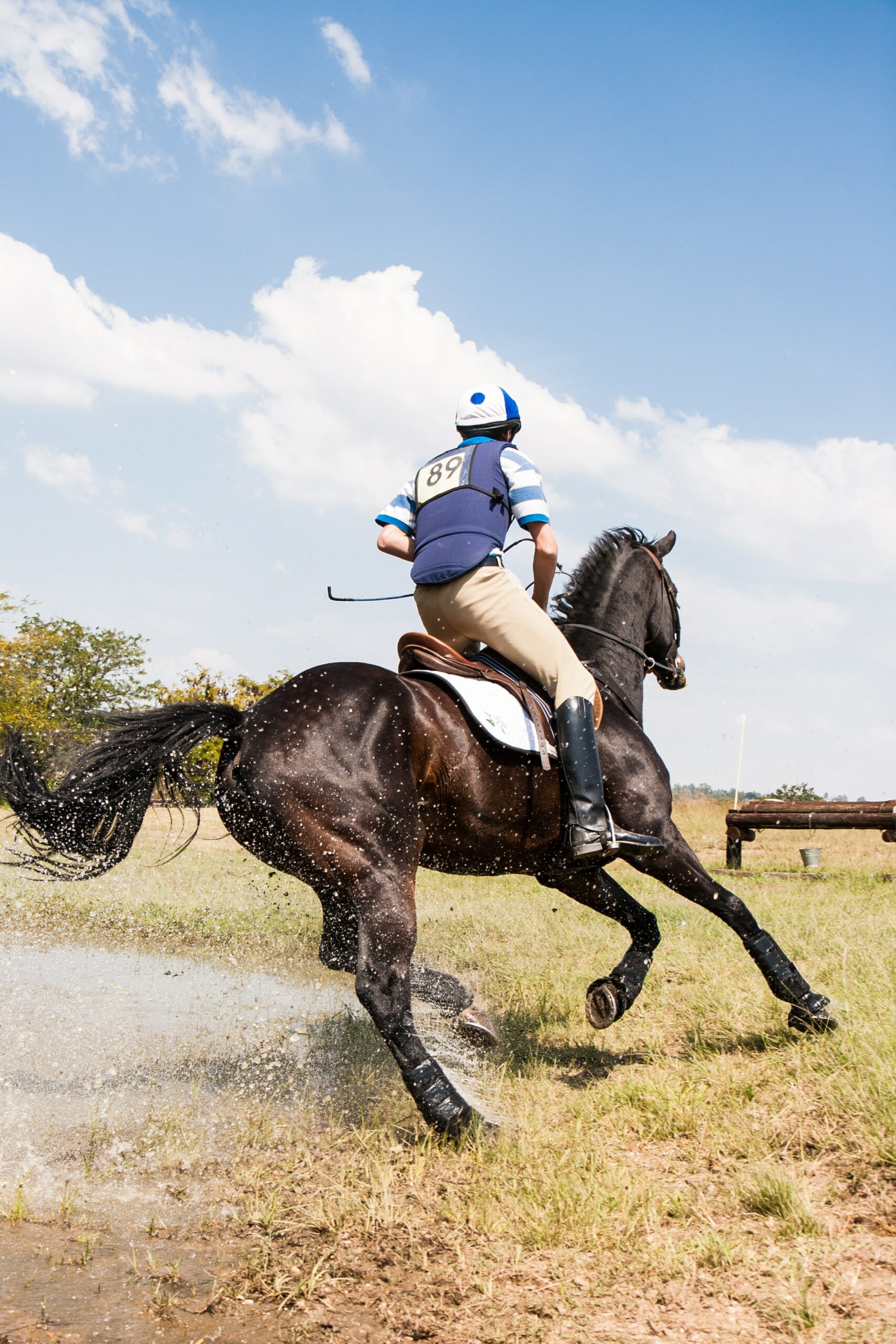Hey y’all, it’s Jack here. So I remember this one time I was at the stables and I saw a horse with a sagging back.
I couldn’t believe it. I mean, I know horses are pretty strong and all, but I had never seen one with a sagging back before. It looked so weird and kind of sad. I couldn’t stop staring.
But then I started to wonder, why do horses’ backs sag in the first place? Is it just a weird quirk of theirs, or is there a deeper reason behind it? I did some digging and I’ve come up with some answers for y’all. So without further ado, let’s get into it.
Table of Contents
Horse Anatomy
Before we dive into the reasons why horses’ backs might sag, let’s take a quick look at their anatomy. Horses have a strong, muscular back that is supported by their spine, ribs, and other bones and muscles.
A healthy horse’s back should be straight and level when the horse is standing still, and it should move smoothly and evenly when the horse is in motion.
Horse Health
Now that we’ve got a basic understanding of horse anatomy, let’s talk about why horses’ backs might sag. One reason is that the horse is not in good health.
A horse’s back might sag if it is experiencing pain or discomfort, or if it has an underlying health issue such as arthritis or muscle weakness. In these cases, it’s important to consult a veterinarian as soon as possible to determine the cause of the problem and to develop a treatment plan.
Horse Riding and Training
In some cases, horses’ backs might sag if they are being ridden or trained in a way that puts excess strain on their backs. For example, if a horse is being ridden with improper technique or if it is carrying a heavy load, it might develop a sagging back as a result.
In addition, if a horse is not given sufficient rest and recovery time, it might develop a sagging back due to muscle fatigue. In these cases, it’s important to ensure that the horse is ridden correctly and that it is given adequate rest and recovery time to prevent back problems.
FAQ
Can a horse’s back be permanently damaged if it sags?
If a horse’s back sags due to an underlying health issue or as a result of improper riding or training, it can potentially lead to permanent damage. This is because the horse’s back muscles and spine are not being used correctly, which can lead to muscle imbalances and other problems.
In these cases, it’s important to consult a veterinarian as soon as possible to determine the cause of the problem and to develop a treatment plan. With proper care and treatment, it may be possible to improve the condition of the horse’s back, but in some cases the damage may be irreversible.
What can I do to prevent my horse’s back from sagging?
There are several things you can do to prevent your horse’s back from sagging:
Ensure that your horse is in good health: Regular vet checkups and a healthy, balanced diet can help to keep your horse’s back in good condition.
Practice proper riding technique: Make sure you are using correct riding technique and that your horse is being ridden with an appropriate level of difficulty.
Give your horse adequate rest and recovery time: Make sure your horse is given sufficient time to rest and recover after exercising or being ridden.
Use proper equipment: Use saddles and other equipment that are appropriately sized and fitted for your horse, and make sure they are in good condition.
Consult a professional: If you’re concerned about your horse’s back or if you notice any changes in its behavior, it’s a good idea to consult a trained professional or a veterinarian for advice.
The End (Or Is It?)
So there you have it, folks. Horses’ backs might sag for a variety of reasons, including health issues, improper riding or training, and muscle fatigue.
In order to prevent your horse’s back from sagging, it’s important to ensure that your horse is in good health, practice proper riding technique, give your horse adequate rest and recovery time, use proper equipment, and consult a professional if you have any concerns.
With proper care and attention, you can help to keep your horse’s back strong and healthy. Bye for now!
